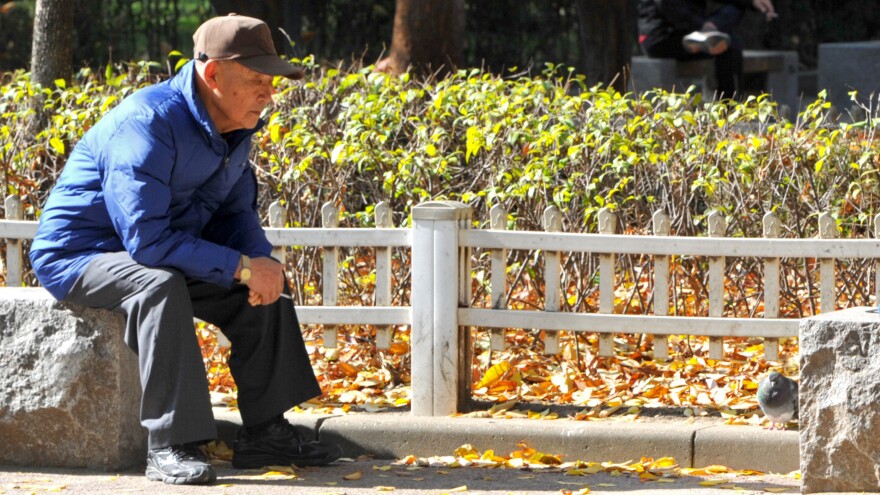A story in the Financial Times caught our eye this week. It was on foreign workers in South Korea.
The story looked at the town of Ansan, where about 7.6 percent of the population is foreign. They come from other Asian countries, as well as from Russia. Here's one of the reasons for the change in South Korea, a highly homogeneous society:
"[T]he number of migrant workers in South Korea has risen strongly over the past decade, as the people of this now affluent country turn away from the so-called '3D' jobs — dirty, difficult and dangerous labour, typically on construction sites or factories in industrial towns such as Ansan. And with a looming demographic crunch driven by one of the world's lowest birth rates, the reliance on foreign labour is likely to spread more broadly in this increasingly mature economy."
An aging population and low growth rates — conditions that exist far beyond South Korea. It's an issue that Japan and other countries are grappling with.
Japan
The Japanese are living longer ( the median age is 44.6 years) and not having many children. Official projections show that by 2050, nearly 40 percent of the population will be 65 years or older. This in itself isn't a problem, but as Quartz notes:
"As a result, Japan's workforce began shrinking earlier than those of other developed countries. By 2025, Japan will have around 14 million fewer workers than it did in 2005, plus an additional 10 million seniors. That means that by 2050, workers will only account for roughly half of Japan's population."
One way other countries have addressed a worker shortage is immigration, but Japan is trying to deal with the looming crisis with the help of robots. Immigration remains a hot-button issue in Japan. Here's Bloomberg View:
"The most obvious remedy — to lift the barriers to immigration that have made Japan one of the most homogenous societies on earth — is dismissed as a political impossibility. Even the supposedly fearless prime minister, Shinzo Abe, refuses to touch the issue."
Elsewhere
The debate over aging populations, a shrinking workforce and immigration can be heard across borders. The Economist provides an overview:
"Europe is split several ways: Germany, Italy and Spain, for instance, now have tiny families and are therefore ageing fast, whereas France, Britain and most of the Nordic countries have more children to keep them younger. In eastern Europe, and particularly in Russia, birth rates are low and life expectancy has also taken a knock. America, thanks to a resilient birth rate and high immigration, will still be fairly youthful by mid-century."
And an International Monetary Fund working paper predicts a labor shortage in China, the driver of global economic growth for much of the past decade, sometime between 2020 and 2025.
The trends, economists say, will affect global economic growth over the long term.
Copyright 2020 NPR. To see more, visit https://www.npr.org. 9(MDA4MDYxNjY4MDEzMTQ2OTkxMzkyOWU2NQ004))



